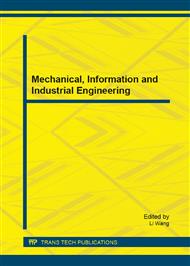p.612
p.619
p.624
p.629
p.633
p.639
p.644
p.648
p.652
Cataclysmic Variable Star Spectra Data Mining Engineering in SDSS Archive
Abstract:
We present an automatic method to identify cataclysmic variable stars (CVs) in the ninth data release of the Sloan digital sky survey (SDSS). The data mining technique is employed and the massive spectra are identified quickly and efficiently. The high dimensional spectra are mapped to feature space constructed by the principal component analysis (PCA), and dimensionality reduction is carried out accordingly. Massive SDSS spectra are classified by the support vector machine (SVM) and most of the non-candidates are excluded. The final greatly reduced candidates can be identified manually and easily. Experiments show that this data mining method can find CVs from the SDSS database in an effective and efficient manner. In addition, this method is also applicable to mining other special celestial objects in sky survey telescope data. We report the identification of a new CV with spectra. The newly found CV enriches the CVs spectral library and will be useful to the research of binary evolution models.
Info:
Periodical:
Pages:
633-638
Citation:
Online since:
March 2015
Authors:
Keywords:
Price:
Сopyright:
© 2015 Trans Tech Publications Ltd. All Rights Reserved
Share:
Citation:


